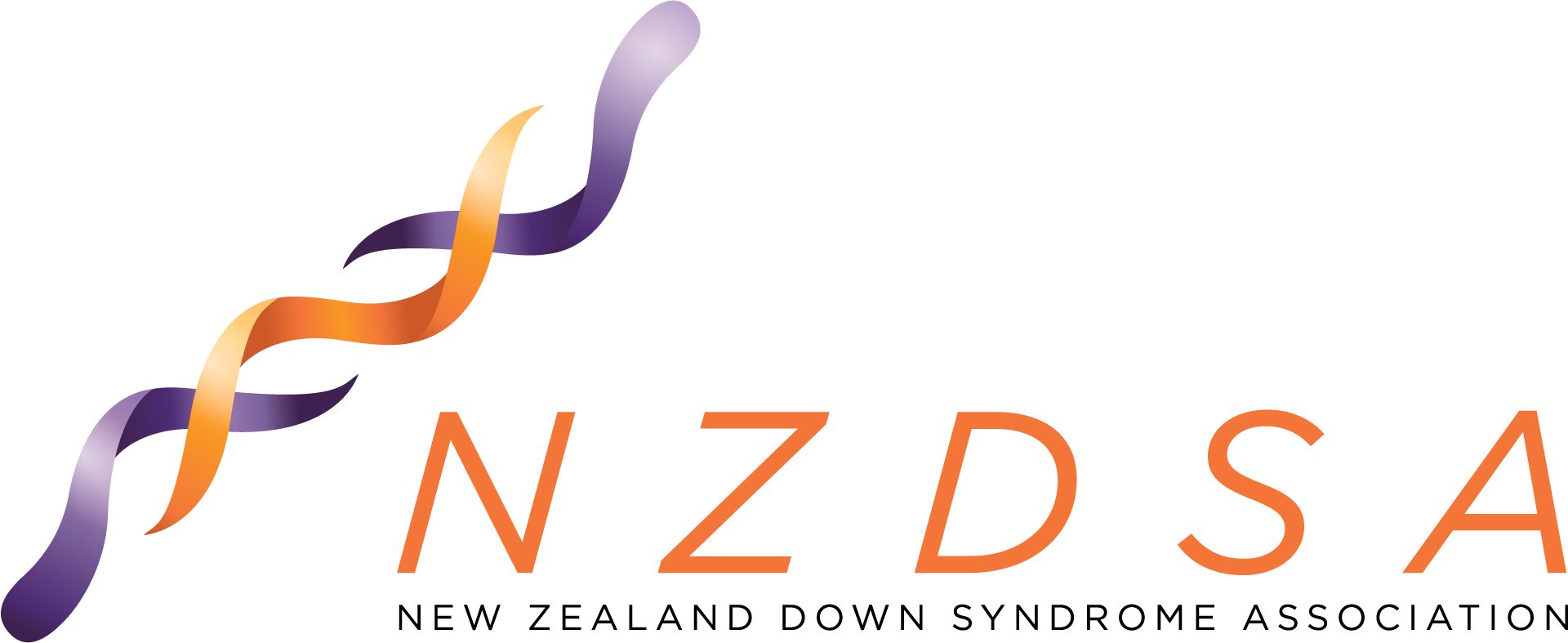In her second article on education, Margi Leech focuses on taking tiny steps in the earliest stages of teaching your child.
Most parents and teachers have discovered that what they do for children with learning difficulties works for all children.
This article does not intend to be the final note on learning, or your child, but rather an introduction to approaches and strategies that have had success internationally.
Keep in mind that not all children learn the same way. You may need to try different approaches.
What does work, is taking tiny steps.
How do you eat a chocolate cake? The whole lot at once? No, piece by piece. Children with Down syndrome learn ‘crumb by crumb’.
What is learning? There are many theorists who have written about this over the years, but simply put:
A memory journey of putting together ideas and making connections between them to solve problems.
When does learning begin? Before we are born. We can hear, feel, be aware of emotions and see light. We arrive knowing about communication.
What about ‘learning’?
“All children can flourish and enjoy learning when the environment is safe with the right supports and framework or pathway to structure and organize their thinking,” says Neil MacKay in Total Teaching (SEN Books).
Our children are NOT learning disabled. They are not an educational disaster. Expect that your child will learn.
Our children are not sentenced to a life of being ‘taken care of’, being excluded and not making a contribution to our community.
Be careful, because their education will reflect whatever values you hold. You will have to sort these out before you enter the child care, early childhood centre, and school settings.
And, you will have to educate/remind all those who you meet to uphold your values if they don’t already have them. Be strong!
We know that there is a huge range of abilities of the entire population, same too with the Down syndrome population. The impact of other challenges should not be overlooked.
Some of our children will have aspects of Autism, dyslexia, dyspraxia, ADHD, OCD, memory and organisational difficulties. Explore these differences so that you are aware of them and can support your child. A great book to help you is: The Parent’s Guide to Specific Learning Difficulties by Veronica Bidwell. There are copies to borrow in the IHC library.
The best thing you can do for all your children of all ages is to build up their ‘working memory’.
Working memory is necessary for all learning. It is the memory that is seen when your mum is trying to call your name but calls everyone else’s first! This is now being researched and found to be very significant. The challenges to using our working memory are:
- Distractions and noise
- Too many requirements
- Having to think about the activity AND concentrate on instructions
- Instructions in sequence
- Too many words to listen to
- Too much to look at
- Write down your instructions on a sticky note and point to them while explaining what to do.
- Give them something to DO. We learn best by doing. It’s known as kinaesthetic learning.
- Give time to think
- Repeat it exactly, immediately and later until confident. (Emily took 3 weeks to learn somethings.)
- Whakarongo, Titiro! Mahia kia mau!
- Education is all about relationships.
- Build a positive learning journey and fun times together.
- Use multi-sensory activities to strengthen memory – seeing, doing, touching…
- Use art, music, drama, play, games, movement
- Be creative and adventurous
- Keep it short – 1 minute or even less to start with
- If you find the task too difficult, think about the little steps that together complete the task. Remember how you learned to drive a car. You probably didn’t drive down the motorway on the first day!
- Finish with success always! You will both want to do it again later. I found the best time was as Emily was finishing her breakfast. I brought to the table what she was going to do on a tray already set up the night before.)
- Copying
- Matching
- Sorting
- Exploring relationships (bigger, smaller…) and positions (behind, inside…)
- Social stories
- Reading books together
- Talking about pictures in books, newspapers, magazines, social media
- Singing rhymes and songs
- Cultural music activities (poi, haka, hula…)
- Hold a small block or object in one hand and another in the other hand at the same time.
- Place one small block or object beside the other.
- Pair an object with another the same. Eg., shoe and shoe, spoon and spoon.
- Roll forwards and backwards under the hand a small cylinder – a pill container or cotton reel
- Pile then a tower of blocks or stack of plates or cups. Duplo is good for this.
- Match another – find the same.
- Join two, then three blocks together. Lego or Snap Cubes work well.
- Draw over a thick straight line with a finger, from left to write.
- Draw over a thick straight line with a finger, from top to bottom.
- Place a block on an outline of a block, a cylinder on a circle, an object on a circle.
- Place blocks or objects into a pattern line; first horizontal, then vertical, and then diagonal.
- Place blocks or objects into a pattern – Numicon patterns are so good for this because then the children learn what a group is and that a group has a name. Then sequence the patterns.
- Recite and count objects into egg cartons, along a line, into a drawer, onto the table, out of the bath…
- Programme a small toy or robot to move forwards and backwards. A Chess board works well to guide this.

